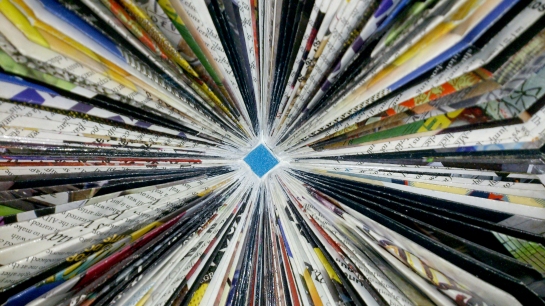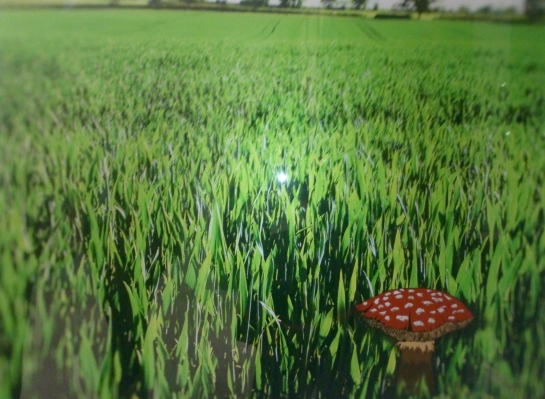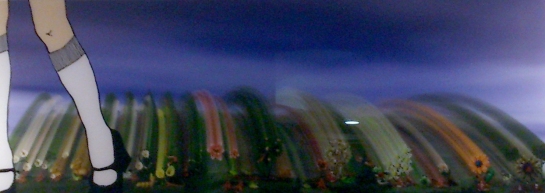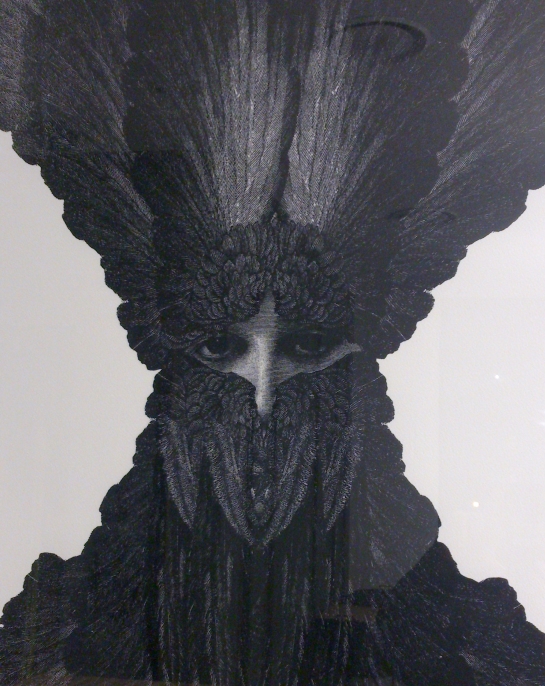‘Research in the field confirms that the creative process involved in artistic self-expression helps people to resolve conflicts, develop inter-personal skills, manage behaviour, reduce stress and increase self-esteem.’
Cate Smail – Art Psychotherapist & Director ArtTherapy4All
All of us could do with a little more art in our lives. In actual fact, at some point we have more than likely all taken part in and drawn some benefit from art therapy. Misconceptions about the practice abound, but its simplest definition is really just personal expression through the production of art. Anyone who has ever stood back, looked at a piece of art they have produced and seen in it recognisable symbols (yes, even phallic ones in year 10) or ended up laughing hysterically as a result of an artistic experience, has engaged with the basic principles of art therapy; self-expression and self analysis. Of course, art therapy in practice is far more complex than this and requires the comprehensive skill and experience of trained practitioners. The application of psychoanalytic and therapeutic art sessions is akin to that of a doctor, or teacher and is essentially a combination of both; involving delicate and painstakingly cultivated patient and tutor relationships. A classic recurring myth I have come across is that art therapy is used primarily for prisoners or victims of abuse. Although these are often the most common uses to be portrayed as examples of art therapy, this generalisation excludes the massive proportion of patients who take part in the process for a whole variety of other reasons.
Many people use art as therapy without attending any kind of session and often without even realising they are doing so, myself included. I recently came across an old sketchbook containing drawings from a particularly difficult period in my life. Suggestive symbols of my mental state immediately jumped out at me. At the time they were produced, most likely nonchalantly scribbled whilst waiting for a train, I certainly don’t remember seeing anything insightful in them at all. But years later, now removed from the emotional state I was then caught up in, the subconscious expression of these feelings in artistic form are crystal clear to even the untrained eye. Those who choose or need to use structured sessions require the guidance and support of a therapist or the insight of a psychoanalyst to help them to identify or make sense of the problems they may be having. Subconscious symbolism is not always as easy to spot as mine was, classic mechanisms such as size (eg. tiny child/huge adult) or colour (eg. heavy black scribbles) are just the tip of a visual iceberg, with each person interpreting the world around them differently. Thus the same symbol in one work could have an entirely alternate association in another. There is no definitive language of symbols. The skill of an art therapist lies firstly in their encouragement to ensure the student engages with the process; secondly in their gentle suggestion of certain techniques/subjects they think might be appropriate for each individual client; and thirdly in their ability to both analyse pieces themselves and to guide the artist to interpret the symbolism behind their own works.
‘It is used with the young and the old, the well and the unwell’
Melanie Stevenson – Art Therapist & Director at ArtTherapy4all
At the Art + Healing exhibition preview last Thursday, showing at Street Gallery in University College London Hospital, I was pleased to see the eclectic mix of patients represented in the huge variety of stories behind the works. I have always believed passionately that art production can benefit every ailment; mental or physical, extreme or seemingly trivial, as well as being useful and enjoyable for those with no obvious problems at all. The Change was created by a patient who was having sessions to help her to deal with going through the menopause; another through a painful divorce, as in Absence and Detachment 1: Where He Lay. Some had been through particularly traumatic experiences; abuse/torture/loss of a loved one, other contributors were art therapists trying to explore their emotional artistic expression, or former patients inspired by their experience to take up art therapy training themselves. The work speaks for itself. Benefiting from the directness of expressive practice it is both fascinating and intensely personal. Not necessarily a stream of consciousness as you may expect, the sudden, passionate expulsion of repressed feeling (although of course some are), but often intricately constructed or crafted, hours of dedication and difficult work coming together to create a resulting piece of art which have, in some cases, literally saved lives.
‘Without Combat Stress and Art Therapy I do not think that I would still be alive today’
Richard Kidgell, Artist, Art therapy client (Combat Stress Veteran)
Art + Healing is on until 5th June at Street Gallery at University College London Hospital opposite Warren Street tube station. The exhibition is supported by a number of organisations including ArtTherapy4All, The Art Therapy Agency, London Art Therapy Centre and University College London Hospital and Arts Centre.
See the website for more details












































































